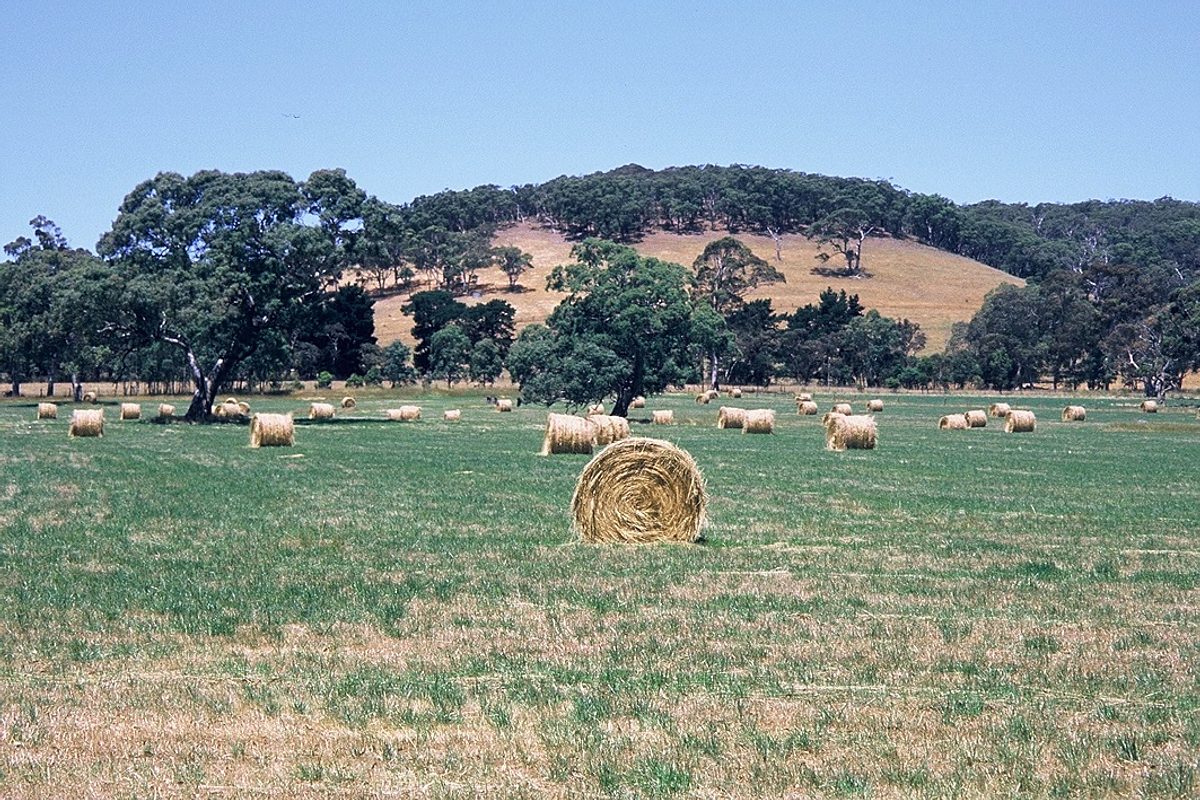Soil and land information
Landscape and soil features associated with underlying geology, landform and soil type (together with climate) are major factors influencing vegetation growth, water movement and the suitability of land for a variety of uses. A better understanding of land and soil helps us appreciate why different natural and production systems can be supported in different areas.
Good knowledge of soil and land improves our decision-making capacity, and is used for:
- Sustainable soil and land management - The sustainable use of soil and land in agricultural areas of SA is of increasing importance, particularly in the face of a changing climate. A range of initiatives help identify threats to our soil and land resources (eg erosion, acidification, salinity), as well as opportunities for improving management and condition.
- Delivery of natural resource management and landscape projects – Identifying the location, extent and severity of land management issues and areas prone to degradation; supporting whole-of-landscape sustainable land use and management decisions for both production and nature conservation.
- Research and education - Identifying where in the landscape particular research outcomes apply; education of land managers, advisors, policy makers, planners, industry and the community about better soil and land management, and associated planning and policy development.
- Land use planning - Identifying limitations and opportunities for particular land uses and developments, from agricultural to urban, including the identification of ‘prime agricultural land’.
- Native vegetation and biodiversity management - Supporting whole-of-landscape environmental management planning; identifying suitable areas for habitat restoration; identifying threats to the environment.
- Sustainable water management - Identifying soil and land conditions, land management practices and land uses that impact on water resources, as well as developing whole-of-landscape solutions.
- Landscape modelling - Developing conceptual models that answer specific questions, such as: environmental risk assessment (eg land salinisation); identification of biodiversity assets for protection (eg wetlands); land use potential (eg crop potential modelling); land management potential (eg suitability of areas for specific soil amelioration); infrastructure risk (eg underground cabling); and scenario modelling (eg modelling the potential impacts of climate change on land use, land degradation or soil carbon).
- Monitoring soil health and other environmental qualities - Informing what to monitor and where; extrapolation of monitoring results across the landscape.

Find out more:
- Mapping Soil and Land
- Describing Soil and Land
- Assessing Land Use Potential
- See our data on NatureMaps > Soils
- Fact sheets, Land system reports, and more on Enviro Data SA
- Spatial data downloads from Data.SA
- See our data on the Australian Soil Resource Information System
- Sustainable Soil and Land Management
- Soil Health and Condition
Contact
Email: DEWSoilsInfo@sa.gov.au


